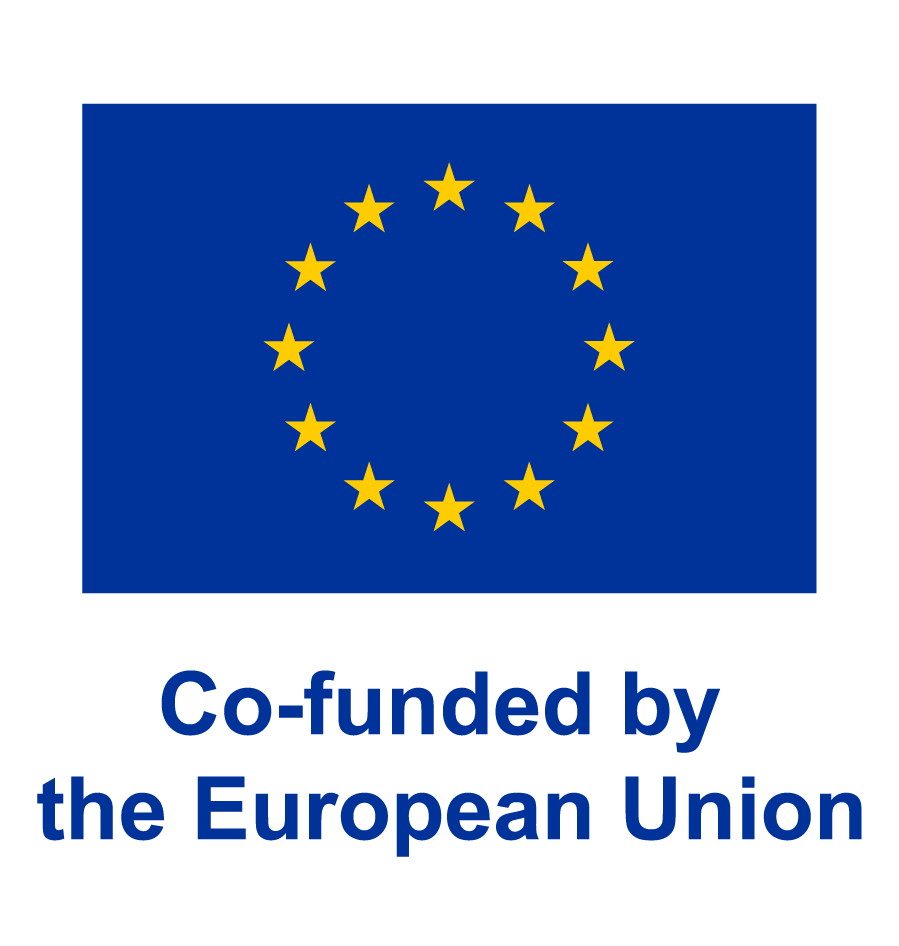Evaluation of automated clean-up for large scope pesticide multiresidue analysis by liquid chromatography coupled to mass spectrometry
L. Manzano Sánchez, F. Jesús, C. Ferrer, M.M. Gómez-Ramos, A. Fernández-Alba
European Union Reference Laboratory for Pesticide Residues in Fruits & Vegetables, University of Almeria, Agrifood Campus of International Excellence (ceiA3) Department of Hydrogeology and Analytical Chemistry, Ctra. Sacramento S/N, La Cañada de San Urbano, 04120, Almería, Spain.
Journal of Chromatography A 1694 (2023) 463906
(https://doi.org/10.1016/j.chroma.2023.463906)
Abstract
Clean-up step is essential during the multiresidue sample preparation process to remove undesired matrix components that may cause analytical interferences or suppression effect. However, its application generally by specific sorbents entails time-consuming work producing low recoveries for some com- pounds. Moreover, it usually needs to be adapted to the different co-extractives from the matrix present in the samples by using different chemical sorbents increasing the number of validation procedures. Therefore, the development of a more efficient and automated and unified clean-up procedure means a significant time reduction and laboratory work with improved performance. In this study, extracts from different matrices (tomato, orange, rice, avocado and black tea) were purified by manual dispersive clean-up (different procedures according to the matrix group) in par- allel with an automated μSPE clean-up workflow, in both cases based on QuEChERS extraction. The latter procedure employed clean-up cartridges containing a mixture of sorbent materials (anhydrous MgSO4/PSA/C18/CarbonX) suitable for multiple matrices. All the samples were analysed by liquid chro- matography mass spectrometry and the results obtained from both procedures have been compared in terms of the extract cleanness, performance, interferences, and sample workflow. At the levels studied, similar recoveries were achieved by both techniques (manual and automated) except for reactive com- pounds when PSA was used as the sorbent material producing low recoveries. However, the μSPE recov- eries were between 70–120%. Furthermore, closer calibration line slopes were provided when μSPE was applied to the different matrix groups studied. It is important to note that up to 30% more samples per day can be analysed using an automated μSPE compared to the manual method (which requires shaking, centrifuging, then taking the supernatant and adding formic acid in ACN); it also provides good repeata- bility - an RSD (%) < 10%. Consequently, this technique is a very useful option for routine analyses, greatly simplifying the work of muti-residue methods.
© 2023, The Author(s).
Published by Elsevier B.V.
This is an open access article under the CC BY-NC-ND license
If you want to obtain the full text document, please contact with us:
Carmen Ferrer: cferrer@ual.es (+34) 950 014 102
Octavio Malato: omalato@ual.es (+34) 950 214 423
Published 22-03-2023, 15:42:46
Top of Page
